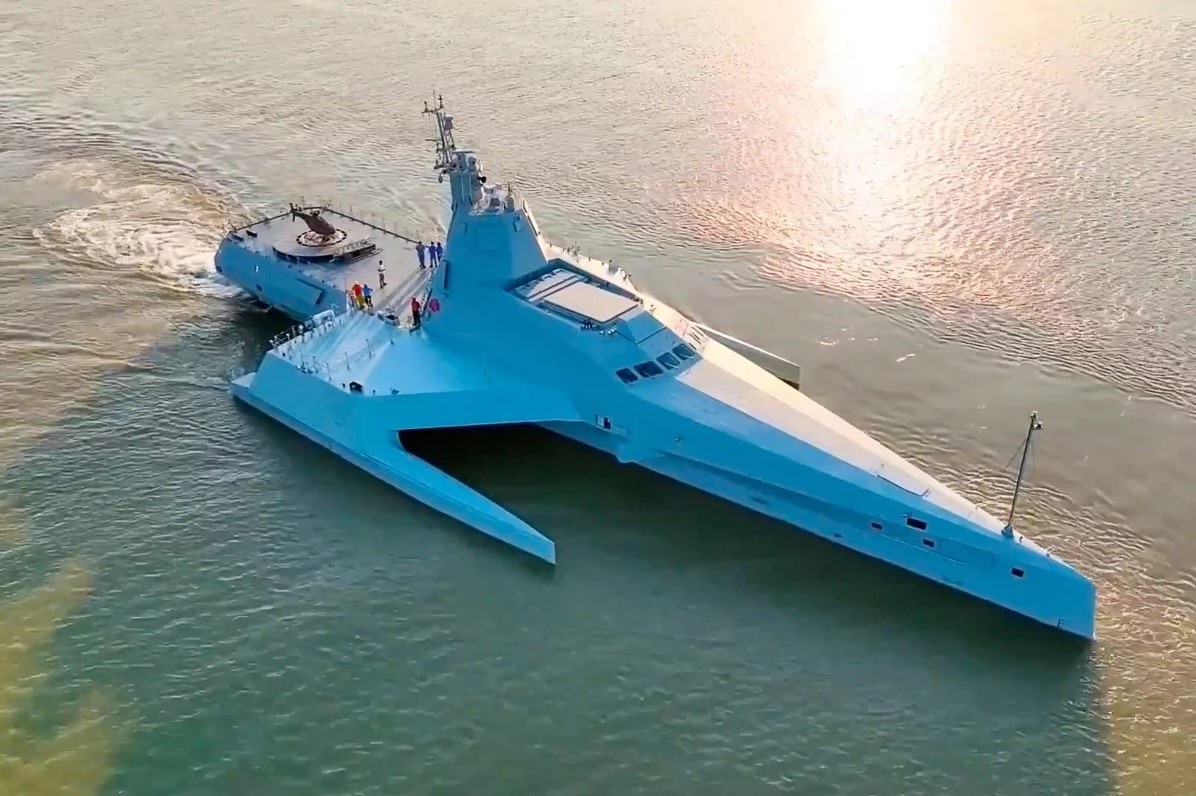ISRO Unveils Upsized Design of Bharatiya Antariksha Station From 25 to 55tons

In a significant milestone for India's space program, the Indian Space Research Organisation (ISRO) has unveiled a revamped design for its highly anticipated space station, the Bharatiya Antariksha Station (BAS). Building on the initial plans announced in 2019, ISRO has set its sights even higher, doubling down on the station's size and crew capacity. This ambitious redesign marks a leap forward in India's technological capabilities and underscores its vision for a prominent role in the future of human space exploration.
The new iteration of the BAS boasts an impressive overall mass of 52 tons, a significant increase from the previously planned 25 tons. This substantial boost translates into a more robust and versatile station, with ample living and working space for astronauts. The station now stretches 27 meters in length and 20 meters in width, providing significantly more room for scientific experimentation, habitation modules, and operational areas.
Crew Capacity Gets a Boost
One of the most notable changes in the redesigned BAS is the enhanced capacity to accommodate astronauts. The station is now designed to comfortably house a crew of 3-4 astronauts for extended missions. This represents a significant improvement over the earlier design, which could only support 3 crew members for longer durations. Additionally, for shorter missions, the BAS can now house a maximum of 6 astronauts, doubling the previous limit. This increased capacity paves the way for a wider range of scientific missions and fosters the potential for international collaboration onboard the station.
Technological Prowess on Display
The upsized BAS design reflects India's growing confidence in its spacefaring capabilities. The increased mass necessitates the development of more powerful launch vehicles to deliver the station's components into orbit. This, in turn, will propel ISRO's launch technology further and establish them as a major player in the global space launch market.
The redesigned station is also expected to incorporate advanced life support systems, allowing astronauts to live and work in space for extended periods. These systems will be crucial for ensuring crew health and safety during long-duration missions, enabling them to conduct vital scientific research.
A Catalyst for International Collaboration
The BAS redesign has the potential to position India as a key player in international space exploration endeavors. The increased capacity and capabilities of the station could make it an attractive partner for future space missions. Collaboration with other space agencies would allow for the pooling of resources and expertise, accelerating scientific advancements and fostering a spirit of international cooperation in space exploration.
The Road Ahead
With the unveiling of the revamped BAS design, ISRO has ignited the next chapter in India's spacefaring journey. The coming years will be crucial as ISRO engineers translate these ambitious plans into reality. The development of powerful launch vehicles, advanced life support systems, and robust habitation modules will be central to the station's success.
This redesigned space station not only promises to be a platform for groundbreaking scientific research but also serves as a symbol of India's growing influence in the global space race. The BAS stands as a testament to the nation's unwavering commitment to space exploration and its vision for a future amongst the stars.



